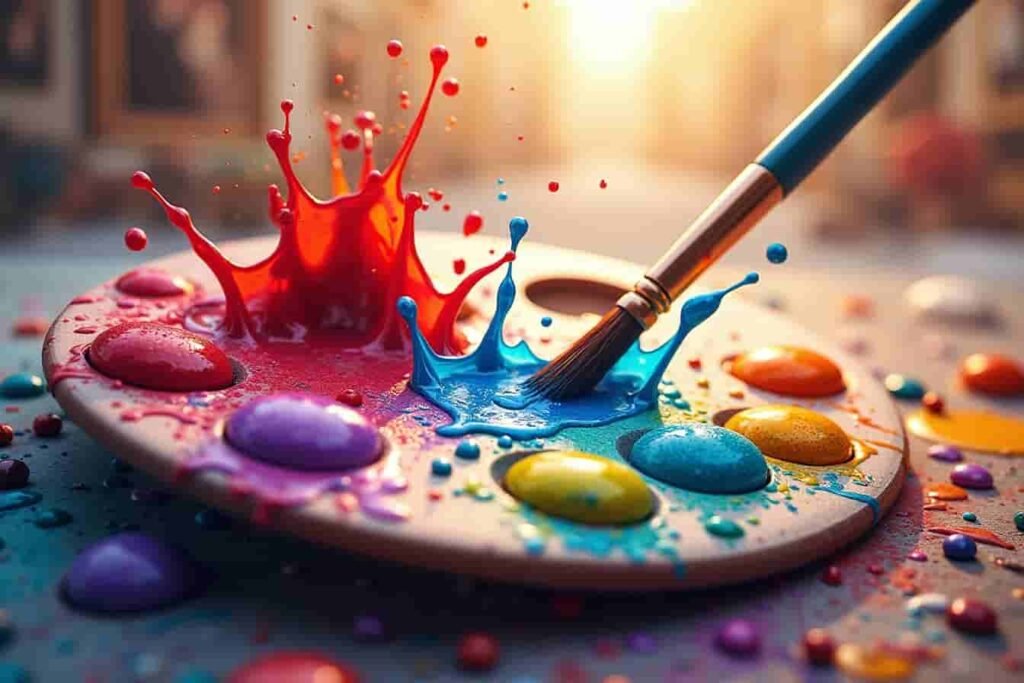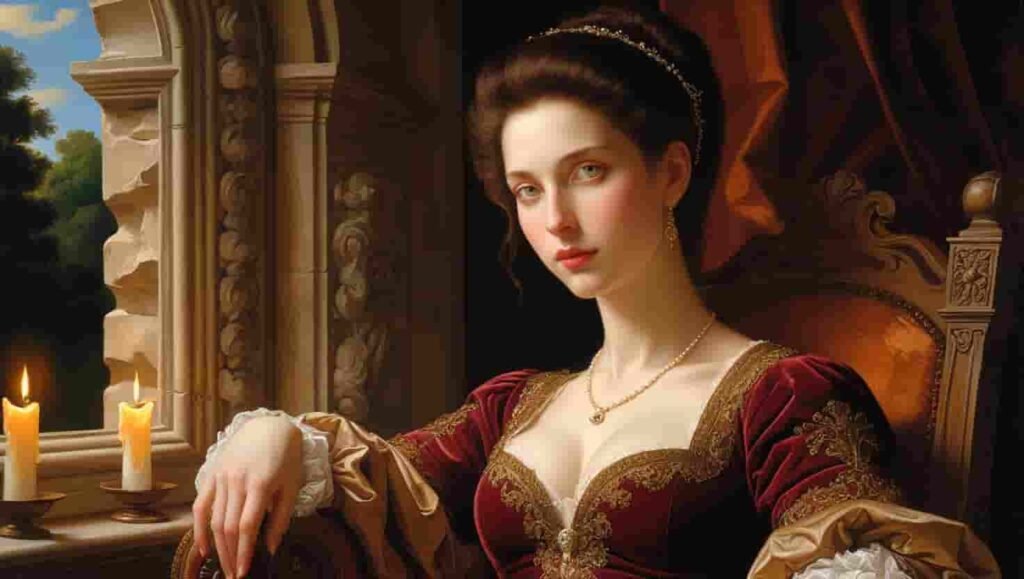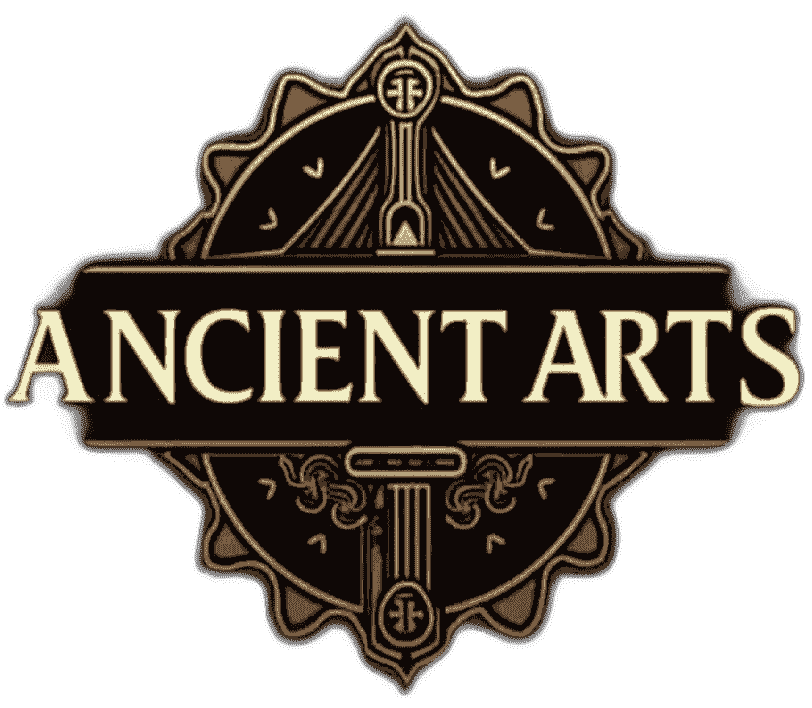Introduction to Digital Arts
Digital arts represent the intersection of creativity and technology, transforming traditional artistic expression through digital tools and mediums. This revolutionary approach to creating art has democratized artistic expression, enabling creators worldwide to produce, edit, and share their work instantly.
Evolution of Digital Arts
The journey of digital arts began in the 1960s with ancient computer graphics and has evolved into a sophisticated medium encompassing various forms of artistic expression. Here’s a chronological overview:
| Decade | Key Developments | Notable Innovations |
|---|---|---|
| 1960s | First computer graphics | Sketchpad by Ivan Sutherland |
| 1970s | Early digital animation | First CGI in films |
| 1980s | Introduction of personal computers | Adobe Photoshop’s debut |
| 1990s | Web graphics and design | Flash animation |
| 2000s | 3D modeling advancement | Digital painting tablets |
| 2010s | Mobile art creation | Virtual/Augmented Reality art |
| 2020s | AI-assisted art | NFTs and blockchain art |
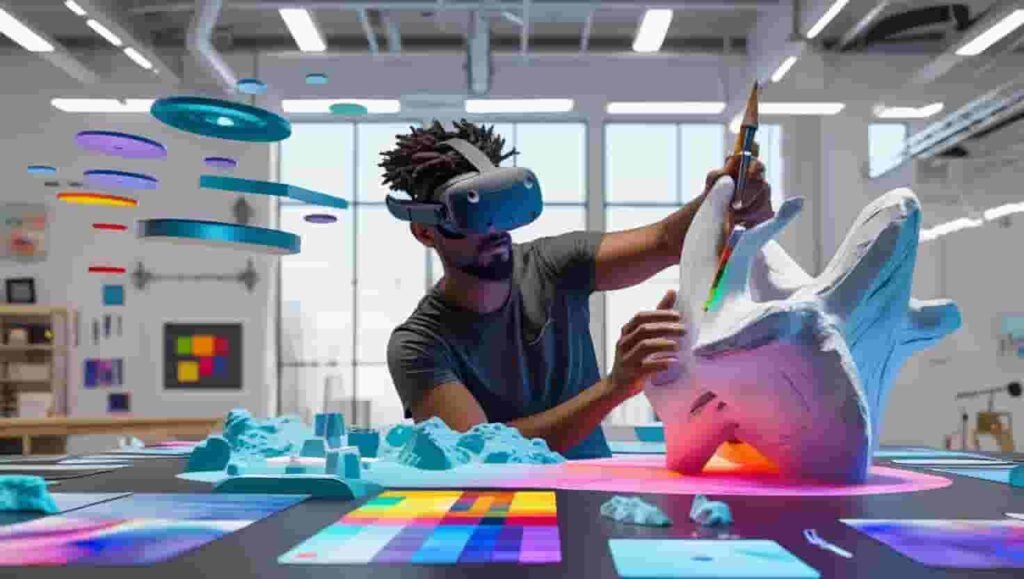
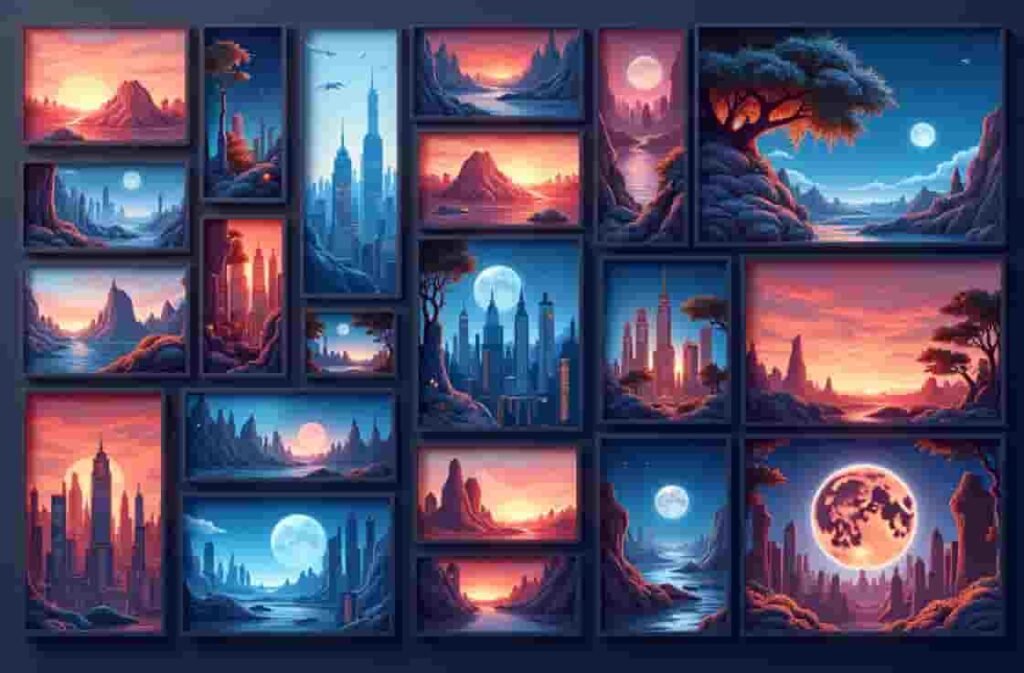
Types of Digital Arts
1. Digital Illustration and Painting
Digital illustration has revolutionized traditional art forms. Artists now use tablets and styluses to create everything from concept art to children’s book illustrations. The ability to work in layers, undo mistakes, and experiment with infinite color combinations has transformed the creative process.
2. Digital Photography and Photo Manipulation
Modern photography is inherently digital, with advanced post-processing techniques enabling photographers to enhance and transform their images. This includes:
- Color correction and grading
- Composite photography
- High dynamic range (HDR) imaging
- Digital restoration
3. 3D Modeling and Animation
Three-dimensional digital art has become crucial in:
- Film and television production
- Video game development
- Architectural visualization
- Product design
- Virtual reality experiences
4. Motion Graphics and Visual Effects
This dynamic field combines animation, graphic design, and visual storytelling for:
- Film titles and credits
- Television broadcasts
- Marketing materials
- Social media content
5. Interactive and Installation Art
Digital technology enables interactive art experiences through:
- Touch-sensitive displays
- Motion sensors
- Virtual reality
- Augmented reality
- Mixed reality installations
Essential Tools and Software
Hardware Requirements
- High-performance computers
- Graphics tablets
- Digital cameras
- 3D scanners
- VR/AR headsets
Software Platforms
- Adobe Creative Suite (Photoshop, Illustrator, After Effects)
- Autodesk Maya and 3ds Max
- Blender
- ZBrush
- Procreate
- Cinema 4D
Career Opportunities
The digital arts field offers diverse career paths:
- Entertainment Industry
- Concept Artist
- Character Designer
- Visual Effects Artist
- Animation Director
- Commercial Sector
- Graphic Designer
- UI/UX Designer
- Art Director
- Digital Marketing Artist
- Fine Arts
- Digital Artist
- NFT Creator
- Installation Artist
- Digital Sculptor
Future Trends
Emerging Technologies
- Artificial Intelligence in Art
- AI-assisted creation tools
- Style transfer algorithms
- Generative art
- Extended Reality (XR)
- Virtual reality art galleries
- Augmented reality exhibitions
- Mixed reality experiences
- Blockchain and NFTs
- Digital art ownership
- Tokenized creativity
- Virtual art markets
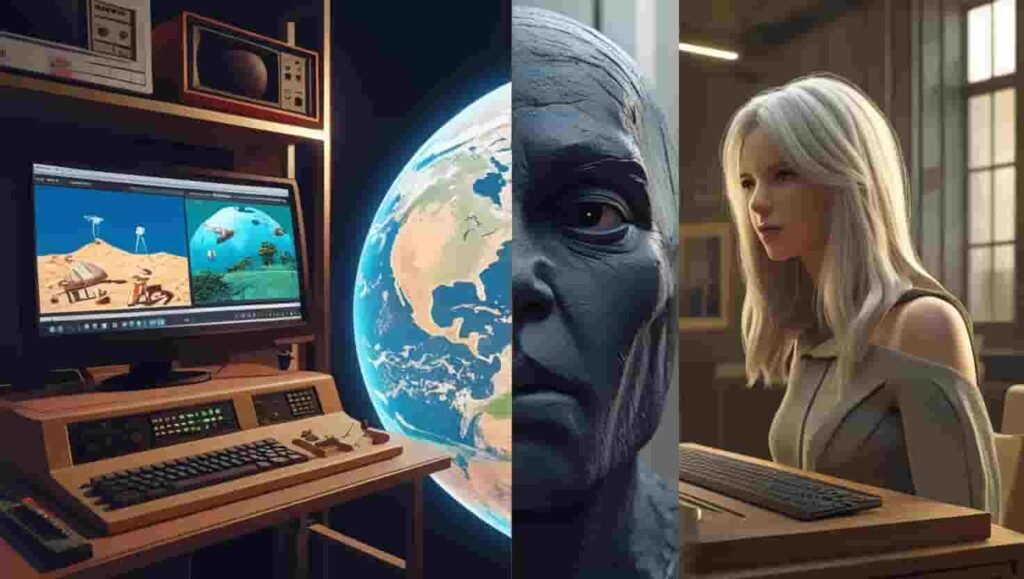
Frequently Asked Questions
Q: Is traditional art experience necessary for digital art?
While helpful, traditional art experience isn't mandatory. Many successful digital artists started directly with digital tools, learning fundamental art principles along the way.
Q: How can I monetize my digital art?
Multiple avenues exist: freelancing, selling prints, creating NFTs, licensing artwork, teaching online courses, and working in industries like gaming or animation.
Q: What's the future of digital art?
Digital art continues to evolve with AI integration, virtual/augmented reality, and blockchain technology, creating new opportunities for expression and monetization.
Q: How do I develop my own style in digital art?
Experiment with different techniques, study artists you admire, practice regularly, and gradually incorporate unique elements that reflect your creative vision.
Conclusion
Digital arts represent a dynamic fusion of creativity and technology, continuously evolving and opening new possibilities for artistic expression. As technology advances, the boundaries between traditional and digital art blur, creating exciting opportunities for artists to innovate and push creative boundaries.
The future of digital arts promises even more revolutionary developments, from AI-enhanced creation tools to immersive virtual experiences. Whether you’re a seasoned artist or just beginning your creative journey, the digital arts field offers endless possibilities for exploration and growth.

